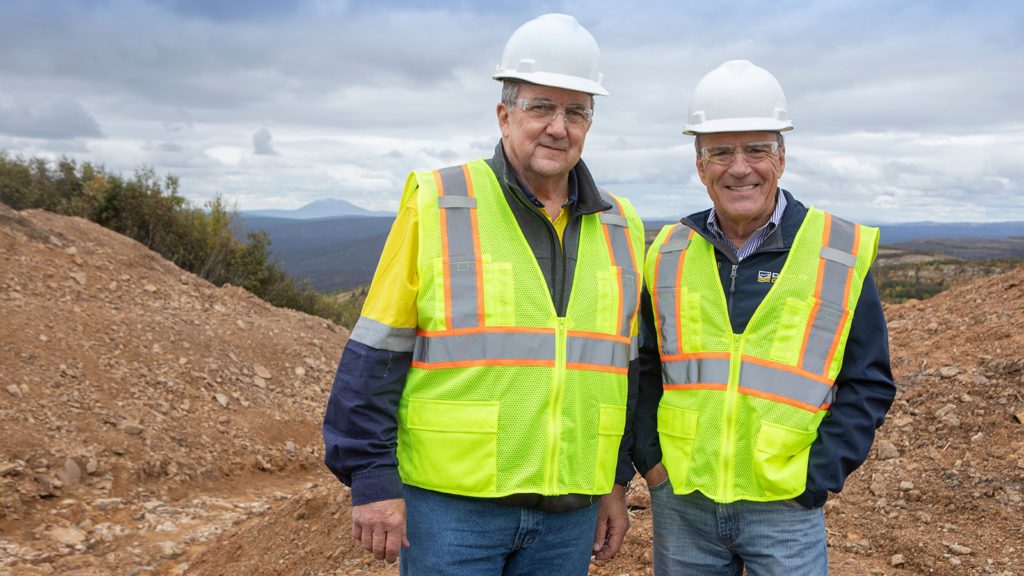Barrick, NovaGold to update $7.4bn Donlin feasibility

Senior leaders, including Barrick and NovaGold CEOs Mark Bristow and Greg Lang, recently met with the Donlin management team, local stakeholders and both federal and state government officials who expressed their continued support for the project.
The 2021 drill program was completed in September with 79 holes over 24,264 metres. Assay results from 65% of the holes had been received by the end of November. Drill assays continue to return high-grades and confirm grade continuity.
Barrick released five of the best recent intervals:
- Hole DC21-1976: 57.3 metres grading 6.87 g/t gold, including 4.1 metres at 18.13 g/t gold;
- Hole DC21-1970: 19.2 metres grading 12.57 g/t gold, including 12.2 metres grading 17.28 g/t of gold;
- Hole DC21-1964 intersected 37.9 metres grading 6.28 g/t gold, including 8 metres at 15.99 g/t gold and 3.1 metres at 10.21 g/t gold;
- Hole DC21-1980: 12.2 metres grading 19.02 g/t gold, including 4.7 metres at 36.53 g/t gold; and
- DC21-1994: 33.5 metres grading 5.89 g/t gold, including 6.1 metres grading 15.22 g/t gold.
“Donlin Gold’s 2021 drill program is producing some of the best drill results seen lately in the gold mining industry, from juniors to majors,” noted NovaGold’s Lang.
The Donlin project hosts one of the largest and highest grade undeveloped deposits in the world. The first feasibility study for the project was completed in 2009.
“Getting together in Alaska, visiting the Donlin project site and sitting down with stakeholders drove home the significance and importance of Donlin to both partners,” said Barrick’s Bristow. “We have a unique opportunity to progress a world-class project in both a jurisdiction and with local partners that recognize the contribution such an asset can bring to the lives of future generations of Alaskans.”
Donlin value in billions of dollars
Based on the June 2021 technical report for Donlin project (using $1,500/oz. gold), the project has an after-tax net present value with a 5% discount of $3 billion and an internal rate of return of 9.2%. Payback will be achieved 7.3 years after the start of production.
The initial capital requirement is $7.4 billion, followed by sustaining capital of $1.7 billion. Closure costs are estimated to be $292 million.
An open pit mine would be developed to deliver 53,500 tonnes per day of ore to a mill with a flowsheet containing semi-autogenous grinding (SAG) and ball milling, flotation, pressure oxidation leach, and carbon-in-leach circuits. Combined total plant gold recovery would be 89.8%. Concentrates produced would grade 11 to 15 g/t gold.
(This article first appeared in The Northern Miner)




